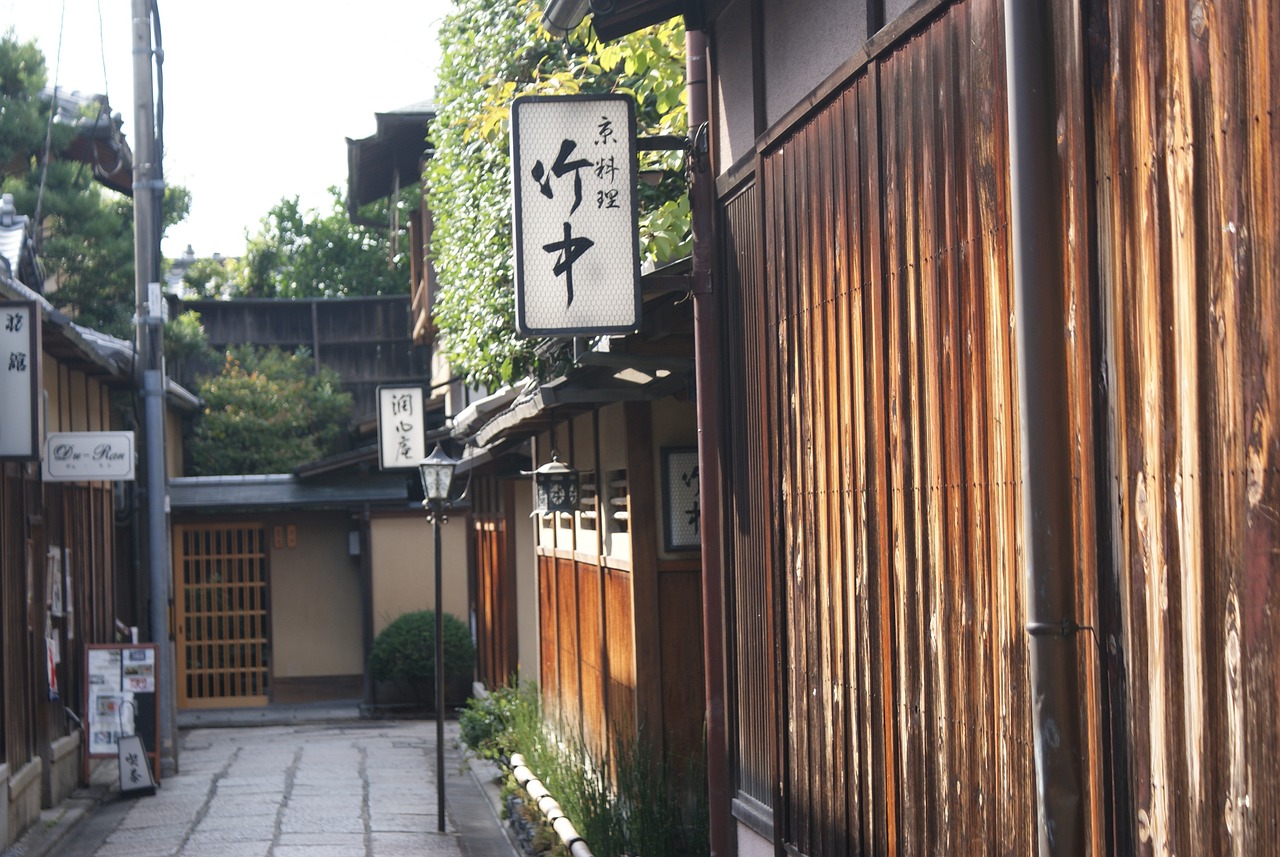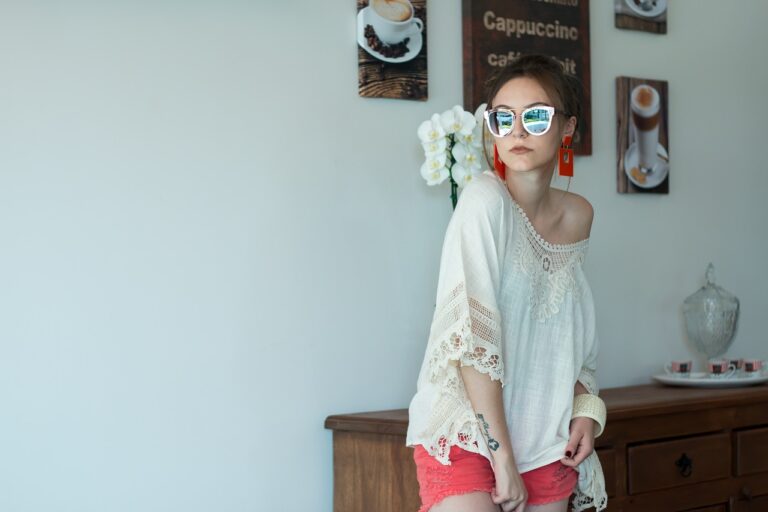Sustainable Textiles: Innovations in Eco-Friendly Fabrics
Cotton is a widely used natural fiber known for its softness, breathability, and versatility. It has been a staple in the textile industry for centuries, offering comfort and durability in various types of clothing and household items. Cotton is also easy to care for, making it a popular choice for everyday wear and linens.
Hemp is a sustainable natural fiber that has gained popularity in recent years for its eco-friendly properties. It requires minimal water and pesticides to grow, making it a more environmentally friendly option compared to conventional cotton. Hemp fibers are strong and durable, suitable for a range of products from clothing to accessories.
• Cotton is known for its softness, breathability, and versatility
• Cotton has been a staple in the textile industry for centuries
• Cotton is easy to care for and durable
• Hemp is a sustainable natural fiber
• Hemp requires minimal water and pesticides to grow
• Hemp fibers are strong and durable
• Hemp is eco-friendly compared to conventional cotton
Recycled Materials: How Plastic Bottles and Fishing Nets Are Being Transformed into Textiles
Plastic bottles and discarded fishing nets are being repurposed to create innovative textiles that are both environmentally friendly and sustainable. Through a process of recycling and upcycling, these waste materials are transformed into new fibers that can be woven into fabrics for various applications, from clothing to home goods. This not only helps to reduce the amount of plastic waste in landfills and oceans but also contributes to the circular economy by giving new life to materials that would otherwise be discarded.
The transformation of plastic bottles and fishing nets into textiles involves breaking down the waste materials into smaller components that can be spun into yarns. These yarns are then woven or knitted into fabrics that are durable, moisture-wicking, and versatile. By using recycled materials in the production of textiles, manufacturers are able to reduce their reliance on virgin resources and minimize their environmental impact. Additionally, consumers are becoming more conscious of the materials used in the products they purchase, leading to a growing demand for sustainable alternatives like textiles made from recycled plastic bottles and fishing nets.
Bio-Based Fabrics: The Rise of Materials Made from Plants and Algae
Bio-based fabrics are gaining popularity in the textile industry as consumers become more conscious of their environmental impact. These materials are made from plants and algae, offering a sustainable and eco-friendly alternative to traditional synthetic fabrics. Companies are increasingly turning to bio-based fabrics to meet the growing demand for sustainable clothing options.
Plants like bamboo and hemp are being utilized to create a variety of textiles, from soft and breathable fabrics to durable and long-lasting materials. Algae, on the other hand, is being explored for its potential in creating innovative and high-performance bio-based fabrics. With advancements in technology and research, bio-based fabrics are proving to be a viable solution for a more sustainable future in the fashion and textile industry.
What are the benefits of using natural fibers like cotton, hemp, and bamboo in clothing?
Natural fibers are more sustainable and environmentally friendly than synthetic fibers. They are biodegradable, breathable, and often require less chemical processing.
How are plastic bottles and fishing nets being transformed into textiles?
Plastic bottles and fishing nets are being recycled and processed into fibers that can be used in clothing and other textiles. This helps reduce waste in landfills and oceans.
What are bio-based fabrics made from plants and algae?
Bio-based fabrics are made from renewable resources like plants and algae. These materials are often more sustainable and eco-friendly than traditional fabrics made from fossil fuels.
Are bio-based fabrics as durable as traditional fabrics?
Yes, bio-based fabrics can be just as durable as traditional fabrics. They can be engineered to have the same strength and performance characteristics as synthetic materials.
How can consumers support the rise of bio-based fabrics?
Consumers can support the rise of bio-based fabrics by choosing clothing and products made from sustainable materials, recycling old textiles, and supporting brands that prioritize eco-friendly practices.







